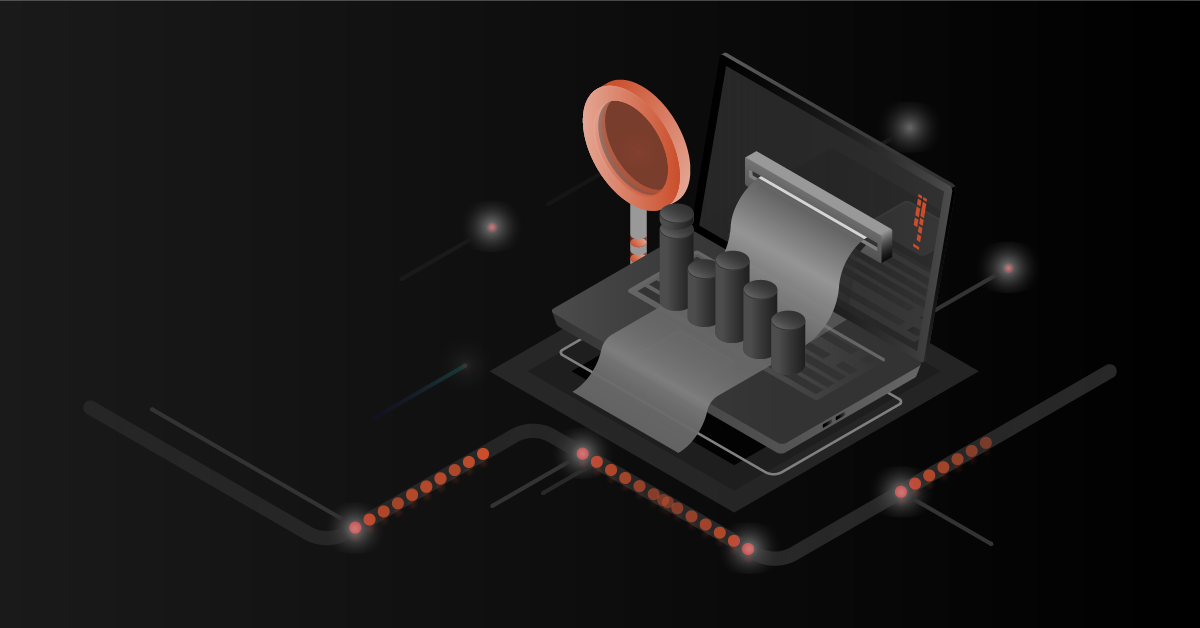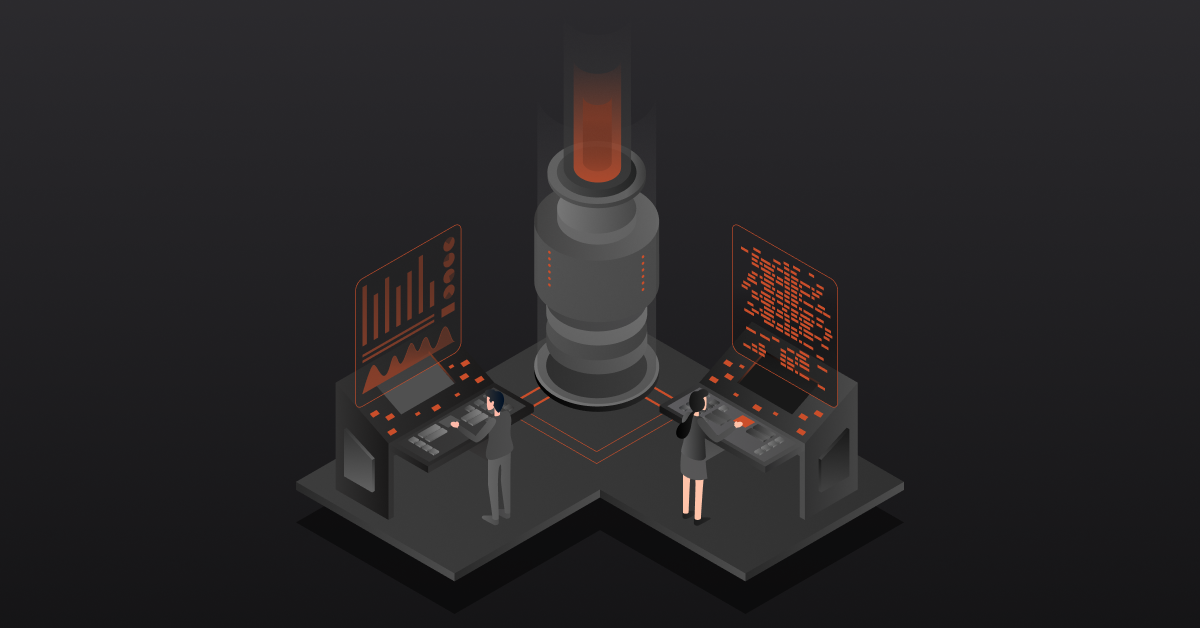Data hygiene is a process that helps clean and organize data. This includes making sure data follows the same format, adding useful information, and removing any errors or outdated information. Maintaining data hygiene best practices improves the quality of potential customer information, reduces the money spent on sales and marketing, and helps increase sales for those using this cleaned data to make more money.
Contents
Data Hygiene Best Practices You Must Consider
Here are the best ways you can keep data hygiene in check:
1. Check the Quality of Your Current Data
The first step is to take a close look at your existing data to see what shape it’s in. A surprising number of businesses aren’t sure how accurate their data is. You need to figure out what you’ve got and where it came from before planning to clean it up.
- Make sure the information you have is actually useful for finding leads or helping with sales.
- Check that you’re collecting the right kinds of information that are both necessary and accurate.
- Review where your data is coming from to avoid getting overwhelmed by too much unhelpful information.
2. Set Goals and Track Progress
Decide what your ideal database looks like, including what information it should have. Then, set up ways to measure how well your data matches up to this ideal.
- Figure out how you’ll meet these goals and what tools will help.
- Consider bringing in experts to manage your database and keep it clean.
- Plan for how you’ll continue to keep your data clean over time.
3. Make Sure New Data is Clean from the Start
Stop dirty data from getting into your database in the first place. Set rules for what counts as clean data and check new information against these rules as it comes in.
- Talk with your data team about making these rules official and consistent.
- Set standards for how to format numbers, names, and other important details.
- Put checks in place to catch data that doesn’t make sense or doesn’t follow the rules.
4. Check Your Data is Right
Regularly compare your data against other reliable sources to make sure it’s correct. Using both automated checks and manual reviews can help catch mistakes.
- Set up rules for validating new data, like checking it against trusted outside sources.
- Use specific checks for different types of data, such as making sure numbers fall within a realistic range.
5. Get Rid of Duplicate Information
Duplicates can mess up your database, making it hard to get a clear view of your customers. Use tools to spot and merge or delete any repeated entries.
- Use software to help find and manage duplicates.
- Clean up your data to avoid confusing or losing leads.
6. Add Missing Information
Once your data is clean, look for ways to make it even more valuable by adding information that could help with sales or customer service.
- Use external databases to add useful details to your records.
- Keep your database rich and informative by continuously adding new, relevant information.
7. Use Automation to Keep Data Clean
Manual data cleaning is hard and often misses things. Investing in automation solutions like DCKAP Integrator can save time and money by keeping your database accurate and up-to-date.
- Automated tools can find and fix problems much more efficiently than people can.
8. Keep Your Data Fresh
Data changes fast. People change jobs, companies move, and contact details become outdated. Set up a system that keeps your database current, automatically updating information as it changes.
- Staying on top of changes can prevent wasted effort and ensure your marketing efforts are effective.
Also read: Data Integration as a Service Explained
Common Causes of Poor Data Hygiene
Poor data hygiene isn’t just about one thing going wrong. It’s usually a mix of different issues that pile up, making it hard to keep your sales process running smoothly. Bad data hygiene can hurt your business by making you spend more time and money on fixing problems instead of focusing on growing your business.
Here are some common reasons for poor data hygiene:
1. Lack of Standardization
When everyone on your team has their own way of entering data, it’s hard to keep things organized. Without clear guidelines, each team member might input data differently, making it difficult to find or use effectively. This inconsistency can hurt your lead generation efforts.
2. Incorrect Data Entry
Humans make mistakes, and that includes your sales team and your prospects. With so many tasks to juggle, human errors are possible. Your team might make typos or mix up information, while prospects might submit incorrect contact information. These mistakes can throw off your data and make it harder to reach potential customers.
3. Duplicate Data Entry
With hundreds or thousands of prospects in your pipeline, duplicates are bound to happen. Even with best practices in place, a few duplicates can slip through. This usually occurs when your list of prospects starts to shrink, and new ones need to be added.
4. Data Corruption
Although less common now, data corruption can still occur and wreak havoc on your database. Hardware failures, software glitches, and other issues can corrupt your data, making it unusable. Regular backups are essential to prevent this kind of problem.
5. Lack of Routine Maintenance
Businesses change all the time, and so do their contact details. Job titles, phone numbers, and email addresses can all change, making it crucial to keep your data up to date. Without regular maintenance, your data becomes less reliable and can hurt your lead generation efforts.
6. Inconsistent Data Sources
Using multiple data sources can lead to inconsistencies in your data. Each source might have its own format and rules, making it hard to keep everything in sync. It’s important to compare lists and eliminate duplicate records to ensure your data is accurate and reliable.
Also read: 8 Must-Know Customer Data Integration Best Practices
Data Hygiene VS Data Cleansing
Data hygiene and data cleansing are terms often used interchangeably, but it’s important to distinguish between them to better understand their roles in maintaining data quality.
Data Hygiene
Data hygiene encompasses the overall processes and practices a company employs to ensure high quality of data and cleanliness. It involves implementing strategies and best practices to keep data accurate, up-to-date, and reliable. For example, regularly analyzing and updating data in real-time is part of good data hygiene practices.
Data Cleansing
On the other hand, data cleansing is the specific action of auditing and improving data quality to meet established standards. It involves tasks such as identifying and removing duplicate data points, updating outdated information, filling in missing data fields, standardizing raw data formats, correcting inaccurate information, and ensuring consistency across different systems and teams.
While data hygiene process focuses on the broader approach to maintaining data quality, data cleansing refers to the specific actions taken to clean and enhance the quality of the data itself. Both are essential components of effective data management strategies.
Maintain Data Hygiene with DCKAP Integrator
DCKAP Integrator is a cloud-based tool made for Distributors. It helps to keep data clean and accurate. With this tool, you can bring together data from different places into one easy-to-manage system. This makes it simple to keep an eye on your data and make sure it’s all correct to ensure better data-driven decisions.
Here are some ways DCKAP Integrator can help maintain data hygiene:
- Centralize data from multiple sources for easier management.
- Automate data cleaning processes to identify and fix errors efficiently.
- Reduce manual intervention, saving time and resources.
- Enhance data accuracy by ensuring only reliable information is stored.
- Continuously monitor data quality, data security and schedule regular cleansing tasks.
- Provide alerts for anomalies or issues detected in the data.
- Streamline data integration and maintenance workflows for improved efficiency.
Give this tool a try! Click here for an interactive product preview.
FAQS
What is data hygiene?
Data hygiene refers to the ongoing process of maintaining clean, accurate, and reliable data within a database or system. It involves data hygiene best practices such as data cleansing, validation, and standardization to ensure the quality of your data. It is important because it ensures that organizations have access to high-quality data for decision-making, analysis, and operations.
What is involved in the process of data hygiene?
The process of data hygiene involves various steps to ensure the cleanliness, accuracy, and reliability of data within a database or system. These steps typically include data collection, data cleansing, which involves making it error-free, removing duplicates, and inconsistencies in the data; data validation and data standardization, which involves establishing uniform formats and conventions for data entry. Additionally, key performance indicators of maintaining data hygiene may involve regular data audits, updates, and maintenance to uphold data quality standards over time.
What are the risks associated with data hygiene?
The risks associated with poor data hygiene include inaccurate reporting, ineffective business decisions, wasted resources on incorrect leads, damaged customer relationships, and compromised business reputation. Additionally, inadequate data hygiene can lead to compliance violations, security breaches, and regulatory penalties. Ensuring clean and accurate data through proper data hygiene practices is essential for mitigating these risks and maintaining data integrity and reliability of business operations.
Why is data hygiene important for customer experience?
Data hygiene directly impacts customer experience by ensuring that businesses have accurate information to personalize interactions, anticipate needs, and resolve issues promptly. Clean data enhances customer satisfaction and loyalty. Accurate data is essential for generating reliable customer intelligence that can drive targeted marketing campaigns and personalized customer experiences.
Why is having a standard operating procedure important for CRM data hygiene?
A standard operating procedure (SOP) for CRM (customer relationship management) data hygiene provides guidelines and processes for managing and maintaining clean CRM data consistently. It ensures that all team members follow standardized practices to uphold data quality standards.
What are the consequences of inaccurate data for the marketing team?
Poor data quality can result in poor marketing strategies like ineffective targeting, inaccurate segmentation, and wasted marketing efforts for the team. It can lead to lower response rates, decreased campaign ROI, and damage to the brand’s reputation. Therefore, ensuring clean CRM data is crucial for marketing success.
What type of data is eligible for the data hygiene process?
The data hygiene process typically applies to any type of data that a business collects and maintains, including personal information, customer data, sensitive information transaction records, contact details, demographic data, and more. Essentially, any data that is used for decision-making, analysis, or operational purposes should undergo data hygiene procedures to ensure better results.




